Home \ Preschool of the Future \ Preschools of the Future in Butuo County, Liangshan Prefecture
Project Location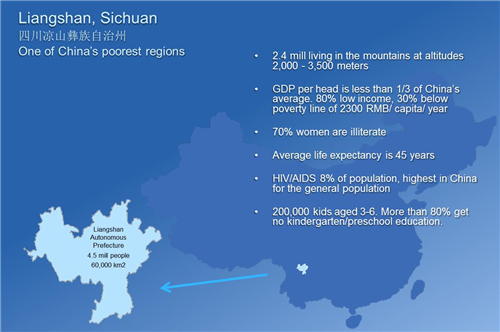
Butuo County is located in the Sichuan Province Liangshan Yi Minority Autonomous Prefecture, with an area of 1,685 square kilometres. The county’s capital is 2,385 meters above sea level; it is a Yi minority high altitude mountainous region which half of the year experiences extremely cold temperature. Half of the population is engaged in agriculture and the other half engaged in animal husbandry. 93% of the population is working in the primary industry. The total population is 168,000. There is Yi, Han, Tibetan, Hui, Miao and more than ten other minorities; 94% of the population is Yi minority.
Butuo County is also a nationally designated poverty county. According to official statistics, approximately 1/3 of the population lives below the national poverty line of Rmb2300/person/year; most remaining villagers have less than US$2 to live on per day . Liangshan Prefecture is situated on the critical logistical route of the drug trade from the South-East Asia Golden Triangle to inland and coastal cities in China. Due to its proximity to the drug trafficking business and it tough and rugged high altitude terrain and the poverty of its people, Liangshan has turned into one of the areas in China with the highest prevalence of HIV/AIDS infection through drug users’ needle sharing. Butuo County is one of the regions in China with the highest HIV/AIDS infection rates – the national HIV/AIDS infection rate is 0.05% whereas in Butuo the published infection rate among adults is a startling 8%. The circumstances of the HIV/AIDS Epidemic is Butuo is severe, by the end of 2012 there were an estimated 8800 HIV/AIDS cases reported. 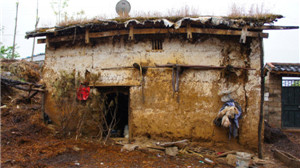
Since China Ministry of Health’s invitation for HPP to join in the efforts of HIV/AIDS prevention and control in Liangshan Prefecture in 2010, and with the approval of Liangshan Foreign Affairs Office, HPP has since been engaged in HIV/AIDS prevention and control work in Liangshan’s Butuo County. 40 TCE Outreach Officers from HPP conducted face to face HIV/AIDS education and awareness raising interactions with villagers from 30 townships in Butuo.
During the four years of HIV health education work in Butuo, we also recognized the issue of vulnerable children in Butuo County. The proportion of child population is high in Butuo – children below 15 make up 27% of the entire population (the national average is 16.6%). Thus when a visitor comes to Butuo, they can see many children on the streets – double the amount of that in cities. In this region plagued by HIV/AIDS, many children have lost both parents to the disease or drug related jail time. In the project area of POF Shiju and POF Bu’er, the number of orphans has reached 20% of the total child population.
In Butuo many children are without access to education, dropout rates are also high. Butuo County has 15,000 children aged between 3-6, less than 3000 children are enrolled in preschool education. There is one public kindergarten and 2 private kindergarten in the County’s capital town, serving approximately 1000 children. However in the 30 Townships under the administration of the County, there are no kindergartens – about 2000 children are enrolled in 40 pre-primary classes in primary schools (including 5 classes with 276 children of Humana pre-primary preschool classes).
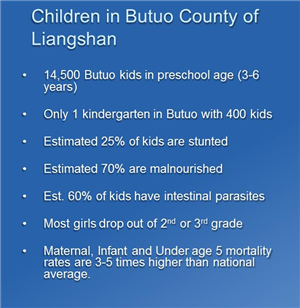
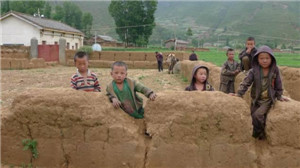
Project Initiation
Humana People to People “Preschools of the Future” project builds upon the experience of previous projects in China and a successful executive team. Our POF project was first launched in Butuo County in August 2012. In the initial stage, pilot classes were established in 5 Townships. 4 were opened within primary schools in the Townships, 1 was opened within the Central County Primary School. Two teachers managed each class of 50 students; one teacher is hired by the project while the other teacher is arranged by the Education Bureau.
Originally the project planned to cater to 100 children; however by the end of 2013 the number of children enrolled was 276 due to increased demand of the local community. Parents felt their children would be well taken care of in the preschool class, they were also happy with the provision of free nutritious lunch. This is why HPP decided to expand the scale of POFs in Butuo- in the spring semester of 2014, 6 new classes were established based on our standard model of 30 children/class. The location of the classes was further decentralised from the Township level to the natural village level. HPP’s long term goal is to have POFs reaching all administrative villages in Butuo County.
Project Characteristics
1. Participatory approach
HPP believes a community must develop endogenously, through its own capacity and efforts. In every preschool class a parents’ committee is formed. The parents’ committee guides the operations and management of the preschool class; they decide the class time and are responsible for the organization of special events. Project conducts training for parents on early childhood education, during training the parents and project staff discuss and explore new concepts and teaching methods. 
2. Bilingual teaching:
Every class adopts the Yi language/Mandarin bilingual teaching method. The purpose is to allow the children to familiarize with Mandarin, and reduce the future incidence of children dropping out of primary school due to Mandarin/Chinese incompetency ( In Butuo County Central Primary School, all classes are taught in Mandarin despite that the locals speak the Yi language and the children who have not been to preschool can only speak Yi language. These children experience an entirely unfamiliar language environment upon entering primary school)

3. Child nutrition
The majority of children in Butuo are malnourished. HPP POF provides lunch for the POF children every day to reduce the prevalence of malnourishment. Every year we organize the children to have a health check-up to check their nutritional statuses. 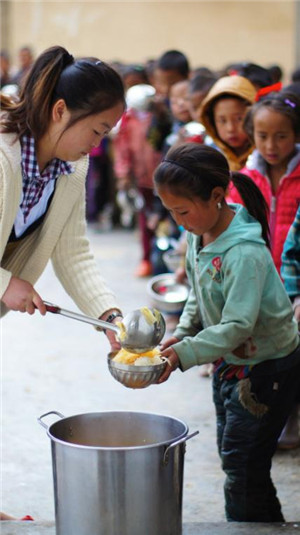
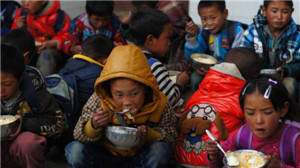
4. Mixed-age classes
Children aged 3-6 share the same class, every standard class has 25-30 children, this is generally the way HPP POFs are organized. However due to the large number of children in Butuo and the corresponding high demand for preschool education, our POFs in Butuo are one year classes. This is in order to convenience the children over 6 to have access to at least one year of preschool education before entering primary school ( due to high demand, there have been classes with 50-60 students for 2 teachers).
5. Community-based teachers
Every class has one full time teacher and one voluntary teachers’ assistant. The preschool class teacher is elected by the parents’ committee and village leaders. Humana provides training to the teachers to help them develop their teaching skills, after initial training of 60-80 h, the annual training time exceeds 160 hours annually.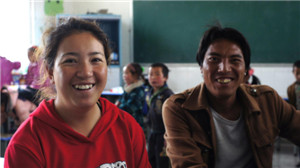
6. Renovated classrooms
The 5 classes established within the township primary schools uses available classrooms and facilities of the school. For other community POFs, classrooms are established in redecorated unused buildings: empty primary schools or spot schools, village commitee venues etc.
7. Nature-friendly curriculum
Maximize the utilization of natural environment and locally available resources to use as teaching materials and teaching grounds. This can save on costs of purchasing teaching tools, and at the same time use what is readily available to create a “natures’ classroom”.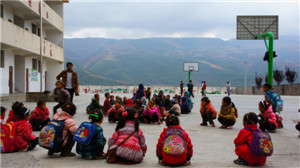
8. Experience-based lessons
5 classes daily- use your brain, exercise your body, use your hands, numbers and maths, language. 6 weekly themes- storytelling, singing, adjusting to school life, experience and imagination, outdoor activities, art. 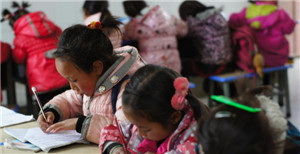
9. Child-centered approach
Child-centred teaching method which encourages the students to think, experience and make decisions independently. Children will learn from planning, doing activities, making mistakes and maturing from this process.
10. Hygiene awareness
Educate the children to maintain hygiene habits through the routine of washing face, washing hands, brushing teeth. In many places these cleaning habits are not habituated. Students will also learn to wash their hands after using the bathroom.
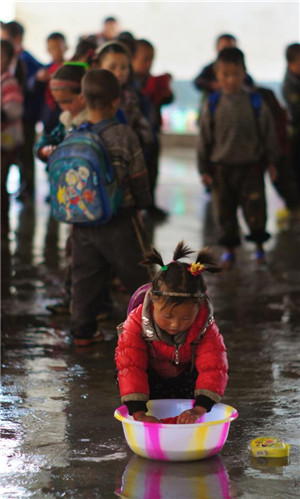
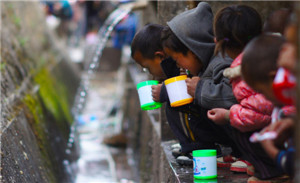
11. Social responsibility
Cultivate a sense of social responsibility so that the children are aware that they should give back to society. Not only do we organize classroom cleanings, but we also encourage children to clean up communal spaces and plant trees to improve the environment. 
12. Child-parent interaction
We organize activities, events and open classes for parents to build relationships with their children. The activities help to cultivate a cooperative spirit for the children, they learn to enjoy going to school and also learn to interact with their parents.
Project Updates:
HPP China’s first experience of online fundraising on Yahoo is a success